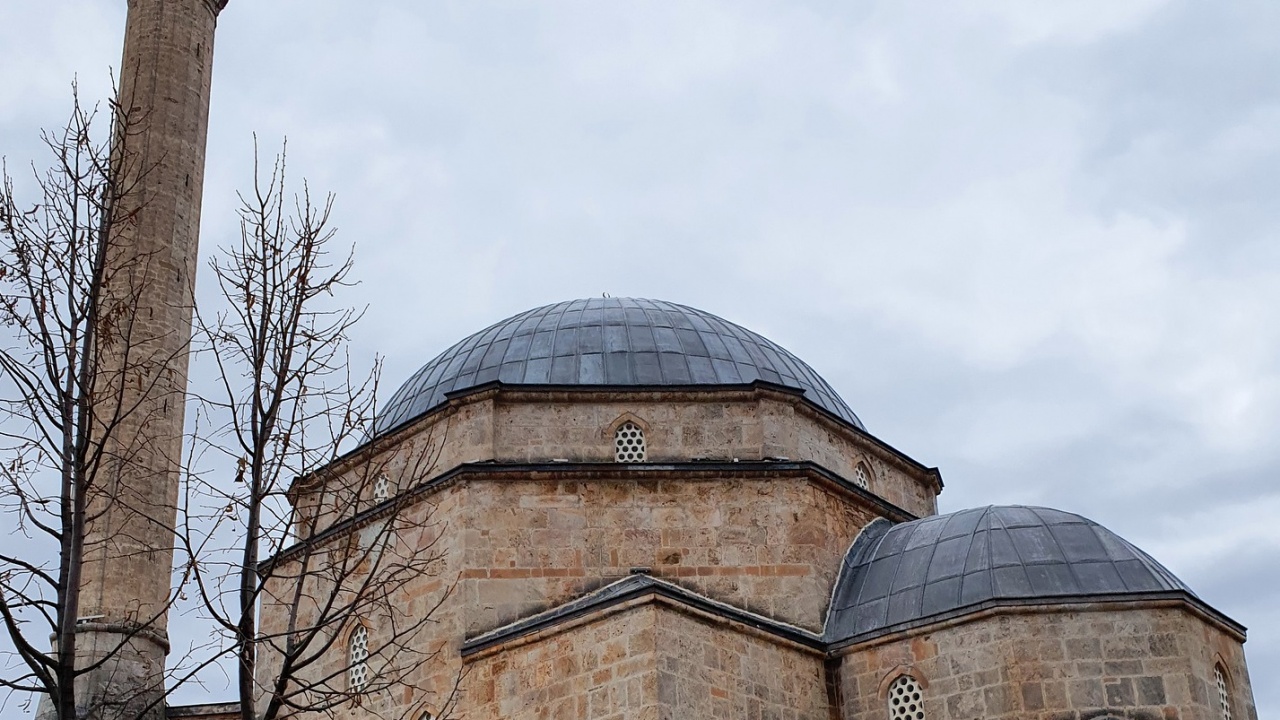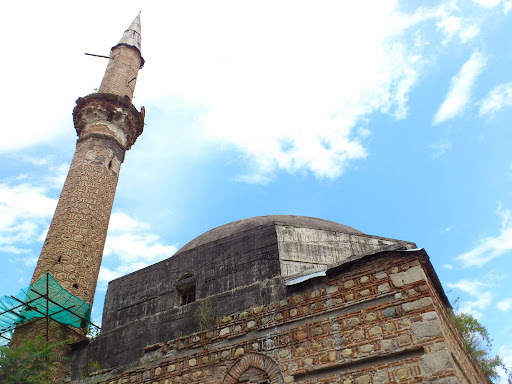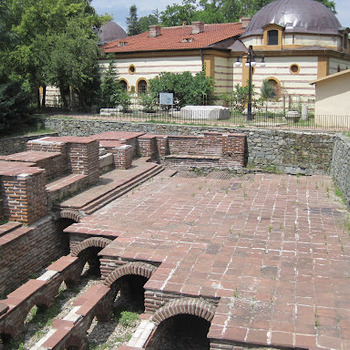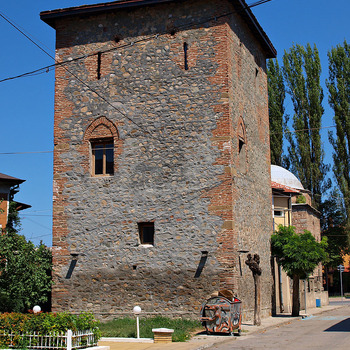Fatih Mehmed Mosque
Overview
Fatih Mehmed is a Muslim temple in the town of Kyustendil, on Tsar Osvoboditel Street. The mosque is not functioning. It is an architectural monument of culture with a category of "national significance", but due to lack of care for its preservation it is threatened with destruction. The mosque is named after the 7th Ottoman Sultan Mehmed II (1444 - 1446 and 1451 - 1481), known by his nickname "el-Fatih" (the Conqueror). In the 17th century there were 17 mosques in Kyustendil, and in Sofia there were between 150 and 300. In 1463, Mehmed II, at the head of the Ottoman army, crossed the land of Constantinople in a campaign to conquer the Kingdom of Bosnia and to finally conquer the Balkan Peninsula. The Ottoman leader received as a gift from the local haraj collector of Mehmed Khan (Haraji Kara Mehmed bin Ali) the second Friday mosque in the city (after the mosque of Hadji Dundar), dedicated and named after him - Fatih Mehmed Mosque (the mosque of Sultan Mehmed Khan). On his return from the campaign, after the accession of Bosnia to the Ottoman Empire, Mehmed II visited the Osogovo Monastery (Mehmed II also appeared as a protector of Orthodox Christianity), and 6 years later (1469) and after the Bulgarian lands were united under one power (Ottoman), the relics of St. Ivan Rilski were transferred from Tarnovo to the Rila Monastery (with the assistance of Mara Brankovic and in order to "go for good" the western Bulgarian lands). In 1478, the Venetian Admiral Tomaso Malipiero was tasked by the Doge to seek peace, and in late spring he arrived from Shkodra in Kyustendil, the center of Constantinople, where the camp of the Ottoman ruler Mehmed II was located with a sofa of three viziers. It was built by Haraji Kara Mehmed bin Ali, one of the famous builders of public buildings in Kyustendil. It is supposed to be the work of the last semi-independent rulers of the land of Constantine - Jacob Dragash and Stefan Dragash from the middle of the XV century. Its dating is 1531, with bricks in the eastern part of the dome, but it probably refers to a later reconstruction. The mosque is built of carved stone blocks and bricks. The construction of the minaret is distinguished by its hexagonal ornaments of red bricks and is the only preserved one in Kyustendil.
Recommended
- Exhibition hall in Ahmed Bey Mosque
- Emfiedzhieva house
- Dervish bathroom
- Hisarlaka Fortress


 Bulgarian
Bulgarian Romanian
Romanian



